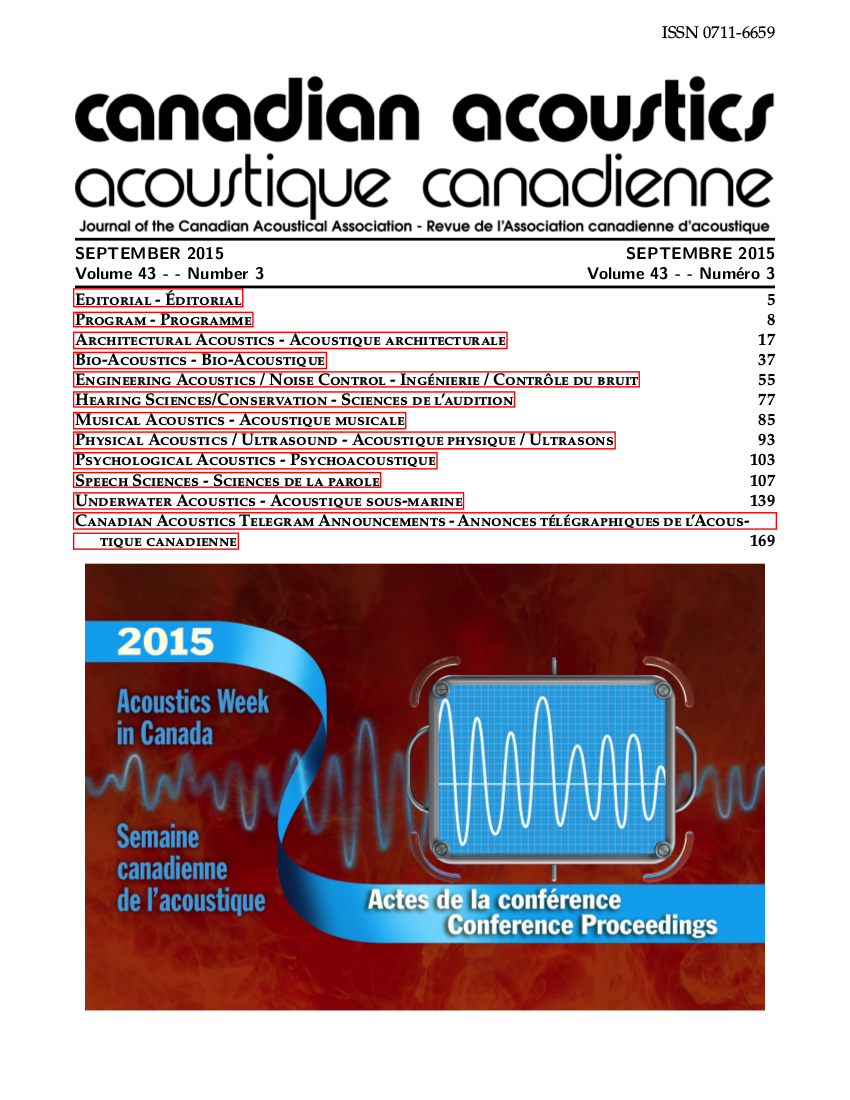Ultrasound-Enhanced Multimodal Approaches to Pronunciation Teaching and Learning
Abstract
Second language (L2) pronunciation is one of the most challenging skills to master for adult learners. Accented pronunciation is part of the expression of speakers’ identity, but it could potentially give issues in comprehensibility. Explicit pronunciation instruction from language instructors is often unavailable due to limited class time. Imitating native speakers’ utterances can be done independently from classroom learning, but the absence of feedback makes it difficult for learners to improve their skills. This project takes a multidisciplinary, multimodal approach to pronunciation teaching and learning through a series of video resources, available at http://enunciate.arts.ubc.ca/. These videos combine external images of a speaker’s head with ultrasound images of their tongue to demonstrate the pronunciation of various sounds. In addition to examples of sounds in isolation, a strong focus to this point has been on the pronunciation of Japanese sounds, with pronunciation instruction incorporating explicit awareness of tongue movements and insights from articulatory phonology. Further stages of the project will include real-time interactive ultrasound tongue visualization and comparative prosody visualization, both of which provide biovisual feedback to L2 learners.Additional Files
Published
How to Cite
Issue
Section
License
Author Licensing Addendum
This Licensing Addendum ("Addendum") is entered into between the undersigned Author(s) and Canadian Acoustics journal published by the Canadian Acoustical Association (hereinafter referred to as the "Publisher"). The Author(s) and the Publisher agree as follows:
-
Retained Rights: The Author(s) retain(s) the following rights:
- The right to reproduce, distribute, and publicly display the Work on the Author's personal website or the website of the Author's institution.
- The right to use the Work in the Author's teaching activities and presentations.
- The right to include the Work in a compilation for the Author's personal use, not for sale.
-
Grant of License: The Author(s) grant(s) to the Publisher a worldwide exclusive license to publish, reproduce, distribute, and display the Work in Canadian Acoustics and any other formats and media deemed appropriate by the Publisher.
-
Attribution: The Publisher agrees to include proper attribution to the Author(s) in all publications and reproductions of the Work.
-
No Conflict: This Addendum is intended to be in harmony with, and not in conflict with, the terms and conditions of the original agreement entered into between the Author(s) and the Publisher.
-
Copyright Clause: Copyright on articles is held by the Author(s). The corresponding Author has the right to grant on behalf of all Authors and does grant on behalf of all Authors, a worldwide exclusive license to the Publisher and its licensees in perpetuity, in all forms, formats, and media (whether known now or created in the future), including but not limited to the rights to publish, reproduce, distribute, display, store, translate, create adaptations, reprints, include within collections, and create summaries, extracts, and/or abstracts of the Contribution.


